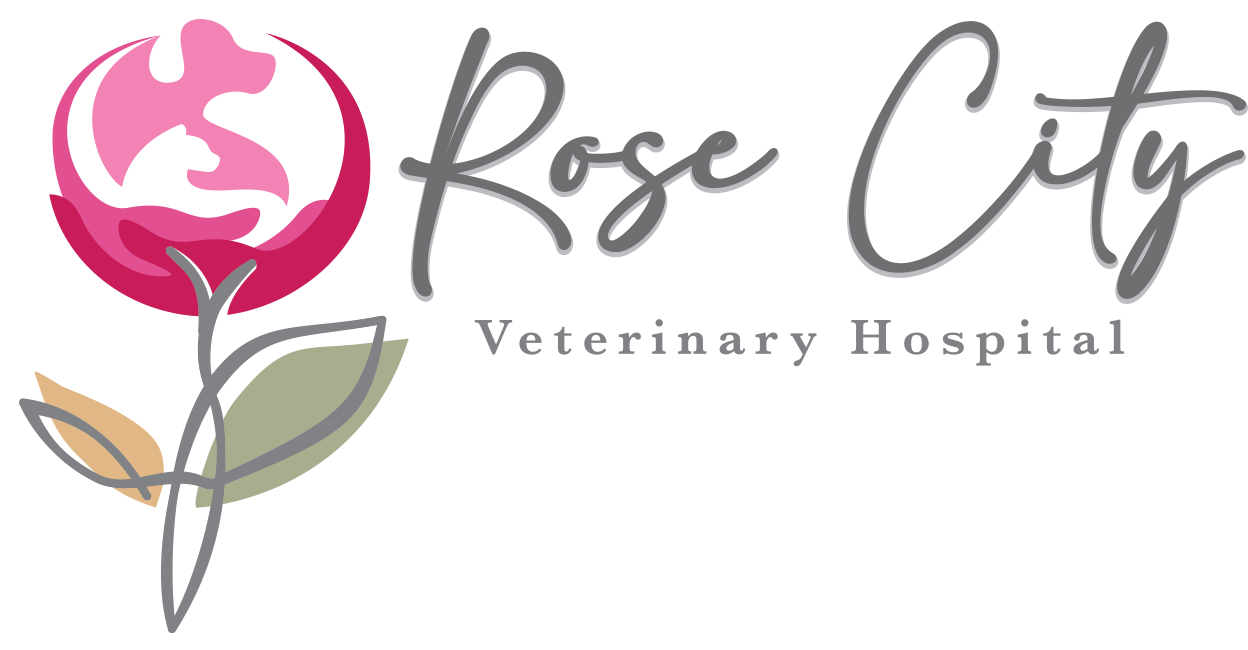Library
-
Ammonium chloride is used off label and given by mouth to treat metabolic alkalosis, struvite stones, and certain toxicities occasionally in small animals and more often in large animals. The most common side effects include pain at the injection site or stomach upset if given by mouth. Do not use in pets with severe liver, kidney, heart, or lung disease. If a negative reaction occurs, please call your veterinary office.
-
Amoxicillin is given by mouth and is used on and off label to treat certain bacterial infections in a variety of species. Common side effects include gastrointestinal effects such as lack of appetite, vomiting, and diarrhea. Do not use in pets that are allergic to it or other penicillins, cephalosporins, or other beta-lactam antibiotics, or in rabbits, guinea pigs, chinchillas, hamsters, or other small mammals. If a negative reaction occurs, please call your veterinary office.
-
Amoxicillin-clavulanic acid, also known as amoxicillin and clavulanate potassium (brand name Clavamox®), is a synthetic, penicillin-type antibiotic used to treat infections caused by gram-positive and gram-negative bacteria. It is used to treat skin infections, soft tissue infections, and periodontal disease. Amoxicillin-clavulanic acid comes in tablet and liquid suspension form.
-
Ampicillin is an antibacterial medication given by injection or by mouth and is used on or off label to treat certain infections. Side effects include allergic reactions or gastrointestinal upset, and neurological signs when given in high doses. Ampicillin use is contraindicated in pets allergic to penicillins and in rabbits, guinea pigs, chinchillas, or hamsters. If a negative reaction occurs, please call your veterinary office.
-
Amyloidosis occurs when amyloid proteins are deposited outside cells in various tissues and organs causing tissue and organ dysfunction. It is uncommon in cats, except for Abyssinians, Siamese, Burmese, Tonkinese, Devon Rex, and Oriental shorthair breeds. Signs depend on the organs involved, but kidney involvement is most common. If kidneys are involved, signs include mouth ulcers, weight loss, vomiting, and dehydration. For cats with liver involvement, signs include weakness, pale gum color, distended abdomen, rapid heart rate, rapid breathing, abdominal pain, and collapse.
-
Amyloidosis occurs when amyloid proteins are deposited outside cells in various tissues and organs, causing tissue and organ dysfunction. It is uncommon in dogs, except in beagles, Chinese Shar-Peis, collies, treeing walker hounds, and English foxhounds. Signs depend on the organs involved, but kidney involvement is most common. If kidneys are involved, signs include mouth ulcers, weight loss, vomiting, and dehydration. For dogs with liver involvement, signs include weakness, pale gum color, distended abdomen, rapid heart rate, rapid breathing, abdominal pain, and collapse.
-
The anal sacs are two small pouches located on either side of the anus. The walls of the sac produce a foul-smelling fluid that is released when a cat passes a bowel movement. The anal sacs or their ducts can become inflamed or infected due to a variety of causes. Most cats will respond well to pain relief medications and antibiotics. If a cat has several episodes of anal sac disease, and dietary changes and supplements or medication do not relieve the problem, the anal sacs can be removed surgically.
-
Anal sac disease is a common problem in dogs that can be very uncomfortable or painful. Signs to watch for, diagnosis, and treatments, including identifying and managing underlying causes are outlined in this handout.
-
Anal sac tumors grow quickly and have a moderate risk of spreading to other parts of the body. Depending on the tumor’s size, your pet could develop signs of straining to defecate or produce thin ribbon-like stool. An increased calcium level in the blood is consistent with anal sac tumors, which can cause other signs and result in kidney failure. The best and most well-described local treatment for the primary tumor is surgery. Radiation and chemotherapy may be considered if there is evidence of spread.
-
Anaphylaxis is an acute severe allergic reaction caused by an overreaction of the body's immune system to an allergen such as a food protein, medication, vaccine antigen, or other chemical. The most common signs include itching, cutaneous edema, hives, excessive drool, vomiting, diarrhea or respiratory distress. Diagnosis is made based on history and physical exam.



